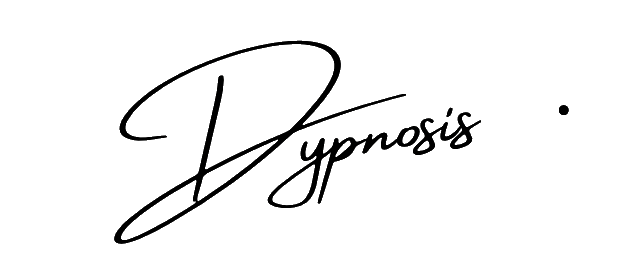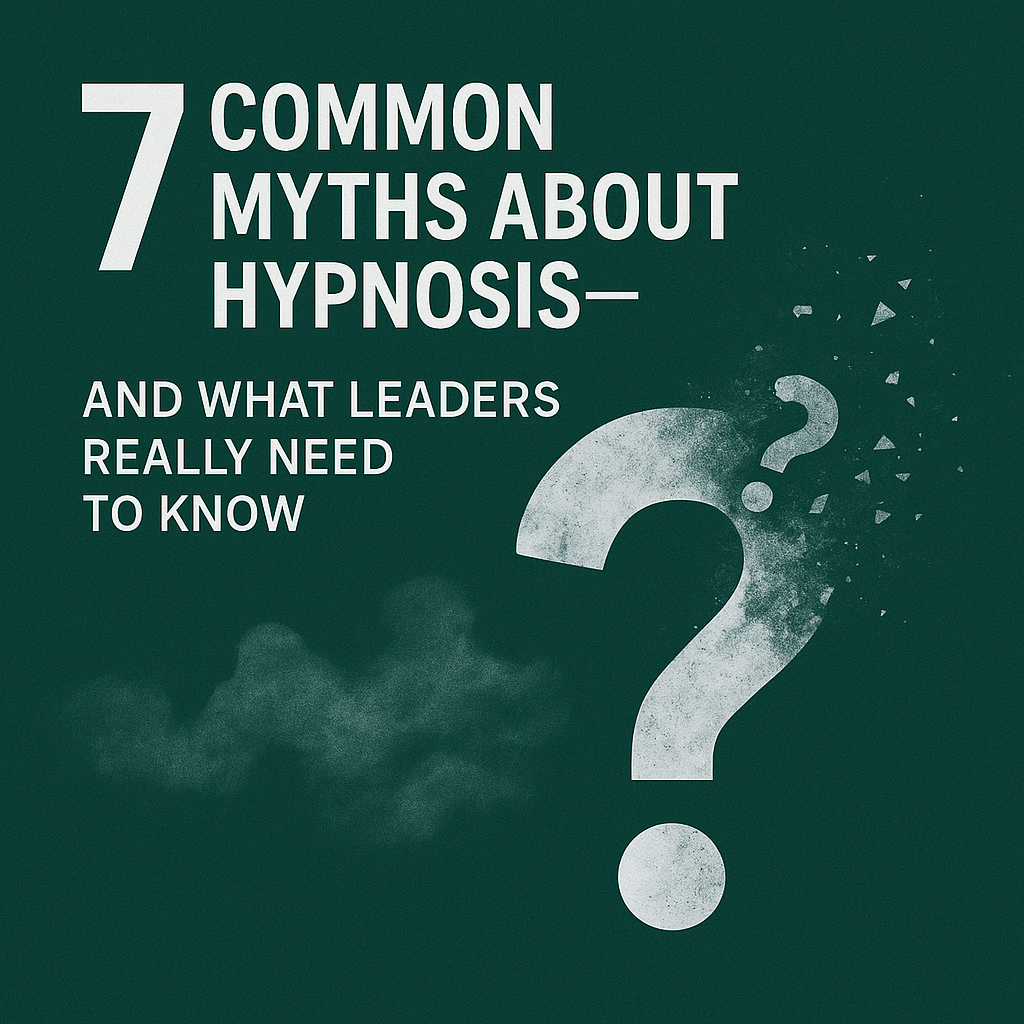Mental health treatment offers multiple paths to healing and personal growth. Traditional psychotherapy and hypnotherapy each bring distinct approaches to addressing psychological challenges and emotional well-being.

Psychotherapy focuses on conscious dialogue and behavioral changes, while hypnotherapy uses altered states of consciousness to access the subconscious mind for therapeutic benefits. Both methods can effectively treat anxiety, depression, and trauma when practiced by qualified professionals.
Licensed mental health practitioners may incorporate elements of both approaches, creating integrated treatment plans tailored to individual needs. The choice between hypnotherapy and traditional therapy depends on specific symptoms, personal comfort levels, and treatment goals.
Understanding Hypnotherapy and Hypnosis
Hypnotherapy combines guided relaxation with focused mental imagery to achieve a heightened state of awareness. This therapeutic approach helps people access their subconscious mind to address various psychological and behavioral challenges.
The Basics of Hypnotherapy
Hypnotherapy uses hypnosis as a tool to create positive changes in thoughts and behaviors. The process involves guiding clients into a state of deep relaxation where they become more receptive to suggestions.
During a session, clients remain conscious and in control while experiencing heightened focus and concentration. Their awareness shifts inward, similar to being absorbed in a good book or movie.
Hypnotherapy can help with anxiety, phobias, sleep disorders, and pain management. Studies show it may reduce symptoms of depression and improve emotional regulation.
Hypnosis Techniques and Hypnotic State
The hypnotic state involves three key elements:
- Focused attention
- Reduced peripheral awareness
- Increased suggestibility
Practitioners use various techniques to induce trance:
- Progressive muscle relaxation
- Visual imagery
- Breathing exercises
- Counting methods
The depth of trance varies among individuals. Some experience light relaxation while others reach deeper states of consciousness.
Physical signs of hypnotic state include:
- Slowed breathing
- Reduced muscle tension
- Changed eye movement patterns
Role of a Hypnotherapist
A qualified hypnotherapist creates a safe, supportive environment for clients. They assess each person’s needs and develop customized treatment plans.
The practitioner guides clients through relaxation techniques and provides therapeutic suggestions aligned with treatment goals. They monitor responses and adjust approaches as needed.
Professional hypnotherapists maintain ethical standards and clear boundaries. They work within their scope of practice and often collaborate with other mental health professionals when necessary.
Training requirements typically include certification in hypnotherapy and knowledge of psychological principles. Many practitioners hold additional degrees in counseling or psychology.
Different Approaches in Psychotherapy
Psychotherapy encompasses multiple evidence-based methods that mental health professionals use to treat psychological difficulties. Each therapeutic approach offers distinct techniques and frameworks for addressing mental health concerns.
Cognitive Behavioral Therapy (CBT)
CBT focuses on identifying and changing unhelpful thought patterns and behaviors. Therapists help clients recognize negative thinking patterns that affect their emotions and actions.
The process involves structured sessions where clients learn to challenge distorted thoughts and replace them with realistic ones. Key CBT techniques include thought records, behavioral experiments, and exposure therapy.
CBT has strong scientific support for treating depression, anxiety, and various mental health conditions. Treatment typically lasts 12-20 sessions, with clients practicing new skills between meetings.
Behavior Therapy and Positive Changes
Behavior therapy concentrates on modifying problematic behaviors through learning principles. Therapists use techniques like systematic desensitization and reinforcement to create positive change.
Common behavioral interventions include:
- Applied behavior analysis
- Token economy systems
- Social skills training
- Exposure therapy
Clients learn new responses to challenging situations through practice and repetition. Treatment progress is measured through observable behavioral changes.
Psychoanalysis and Psychodynamic Therapy
Psychodynamic therapy explores unconscious processes and past experiences that influence current behavior. The therapeutic relationship serves as a tool for understanding relationship patterns.
Clients examine childhood experiences and unresolved conflicts. Free association and dream analysis help reveal underlying emotional patterns.
The therapist interprets the client’s behaviors and thoughts to increase self-awareness. Treatment duration varies from months to years, with sessions typically occurring 1-2 times per week.
Comparing Psychotherapy and Hypnotherapy

Psychotherapy and hypnotherapy utilize distinct approaches to mental health treatment. Each modality employs unique techniques and therapeutic relationships to achieve specific outcomes for patients.
Modalities and Techniques
Psychotherapy employs structured dialogue and behavioral interventions to address mental health concerns. Cognitive Behavioral Therapy (CBT) focuses on identifying and changing negative thought patterns and behaviors.
Hypnotherapy uses trance states and therapeutic suggestions to access the subconscious mind. The practitioner guides clients through relaxation techniques and visualization exercises.
Key Differences in Techniques:
- Psychotherapy: Talk therapy, role-playing, exposure therapy
- Hypnotherapy: Guided imagery, age regression, post-hypnotic suggestions
Therapist’s Role in Treatment
Psychotherapists act as guides who help clients develop insights and coping strategies. They create a collaborative relationship focused on problem-solving and personal growth.
Hypnotherapists serve as facilitators who guide clients into altered states of consciousness. They provide specific suggestions aligned with therapeutic goals while clients are in trance.
The therapeutic alliance varies between modalities:
- Psychotherapy emphasizes active dialogue and conscious processing
- Hypnotherapy relies on the therapist directing subconscious change
Goals and Outcomes of Each Therapy
Psychotherapy aims to create lasting behavioral changes through increased self-awareness and new coping skills. Treatment typically requires several months of regular sessions.
Hypnotherapy targets specific issues with focused interventions. Many clients report changes in fewer sessions compared to traditional psychotherapy.
Common Treatment Goals:
- Psychotherapy: Depression, anxiety, relationship issues, trauma
- Hypnotherapy: Phobias, smoking cessation, pain management, stress reduction
Some mental health professionals combine both approaches to maximize therapeutic benefits. Research shows both methods can be effective when properly matched to client needs and preferences.
Mental Health Treatment

Professional mental health care combines evidence-based treatments with personalized approaches to address specific conditions and symptoms. Mental health providers use targeted strategies to help patients develop resilience and coping skills.
Managing Anxiety and Stress
Stress management techniques focus on identifying triggers and implementing practical solutions. Deep breathing exercises, progressive muscle relaxation, and mindfulness meditation reduce anxiety symptoms.
Professional therapy helps patients develop personalized coping strategies. These may include regular exercise, time management skills, and setting healthy boundaries.
Mental health professionals often recommend a combination of cognitive behavioral therapy (CBT) and lifestyle modifications. Common approaches include:
- Regular sleep schedule maintenance
- Structured physical activity
- Social support network building
- Journaling and emotional tracking
Coping with Depression and Trauma
Treatment for depression and trauma typically involves a multi-faceted approach. Therapists use evidence-based methods like cognitive processing therapy (CPT) and eye movement desensitization and reprocessing (EMDR).
Group therapy provides valuable peer support and shared experiences. Patients learn they’re not alone in their struggles and can share coping strategies.
Mental health professionals may recommend medication alongside therapy when appropriate. This combined approach often yields better results than either treatment alone.
Treatment Strategies for Phobias and Panic Attacks
Exposure therapy helps patients face fears gradually in a controlled environment. This method allows individuals to build confidence and reduce anxiety responses over time.
CBT techniques teach patients to identify and challenge irrational thoughts. Skills learned include:
- Recognizing panic attack triggers
- Implementing grounding techniques
- Using positive self-talk strategies
- Practicing relaxation methods
Professional support helps establish emergency response plans for panic attacks. These plans provide concrete steps to follow during acute episodes.
Outcomes and Personal Growth

Both hypnotherapy and psychotherapy can create meaningful changes in mental health and daily functioning. Research shows these approaches help people develop new coping skills and healthier patterns.
Achieving Positive Life Changes
Hypnotherapy helps people access their subconscious mind to modify unwanted behaviors and thought patterns. Clients often report reduced anxiety and improved confidence after 6-8 sessions.
The relaxed mental state in hypnosis makes it easier to visualize and internalize positive changes. A trained hypnotherapist guides clients to replace limiting beliefs with empowering ones.
Studies indicate 80% of people experience measurable improvements in areas like self-esteem, motivation, and relationship satisfaction through regular hypnotherapy sessions.
Strategies for Pain and Weight Management
Clinical studies show hypnotic techniques reduce chronic pain intensity by 30-40% in most patients. The approach combines deep relaxation with imagery to alter pain perception.
For weight management, hypnotherapy helps address emotional eating patterns and food-related behaviors. Clients learn to visualize themselves making healthier choices.
Key techniques include:
- Guided imagery for pain relief
- Suggestion therapy for portion control
- Anchoring positive behaviors
- Progressive muscle relaxation
- Mental rehearsal of new habits
Many clients maintain their results by practicing self-hypnosis techniques at home between sessions.

